Webster Wagner House’s Demolition | A Tragic End to a Grand Legacy
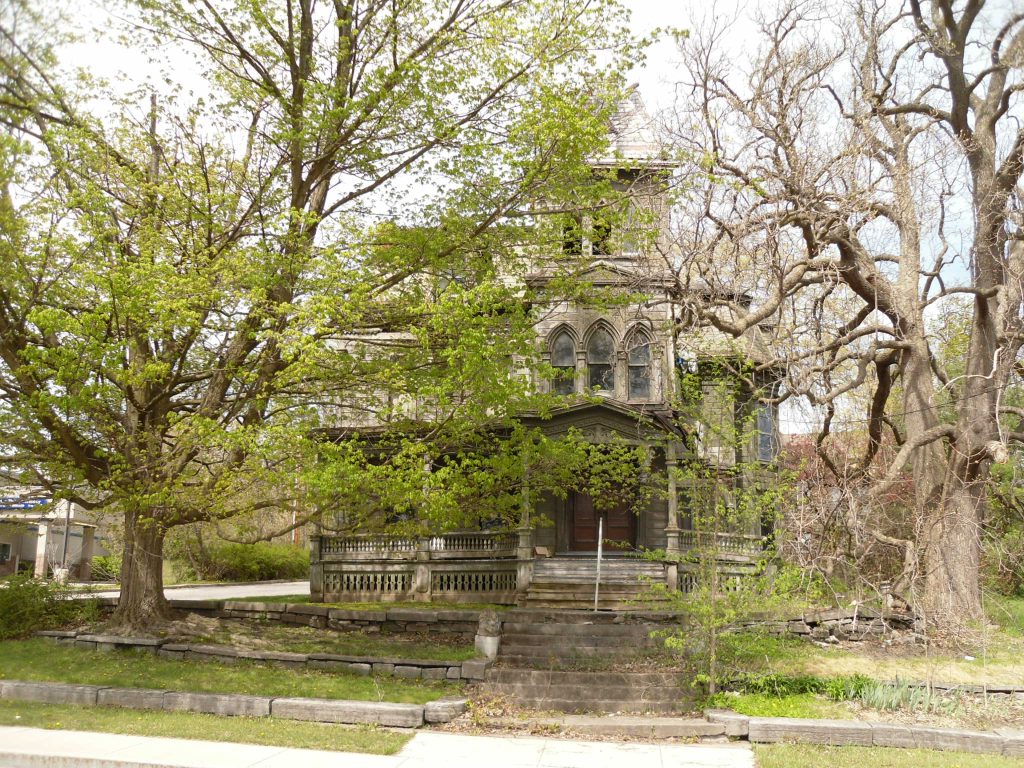
The Webster Wagner House, located in Palatine Bridge, Montgomery County, New York, holds a rich historical significance. It was built in 1876 by the renowned architect Horatio Nelson White (1814–1892) as the residence for Webster Wagner (1817–1882), a prominent figure in the railroad car industry. The house comprised a main 2 1⁄2-story block with an attached 2-story rear service wing and a striking 3-story entrance tower at the southeast corner.
The Webster Wagner house held a special place in the hearts of all who knew it. It had a magnetic charm that compelled people to pass by or pause briefly to admire its elegance. Each of us felt a unique connection to the house, as if we were its sole secret admirer.
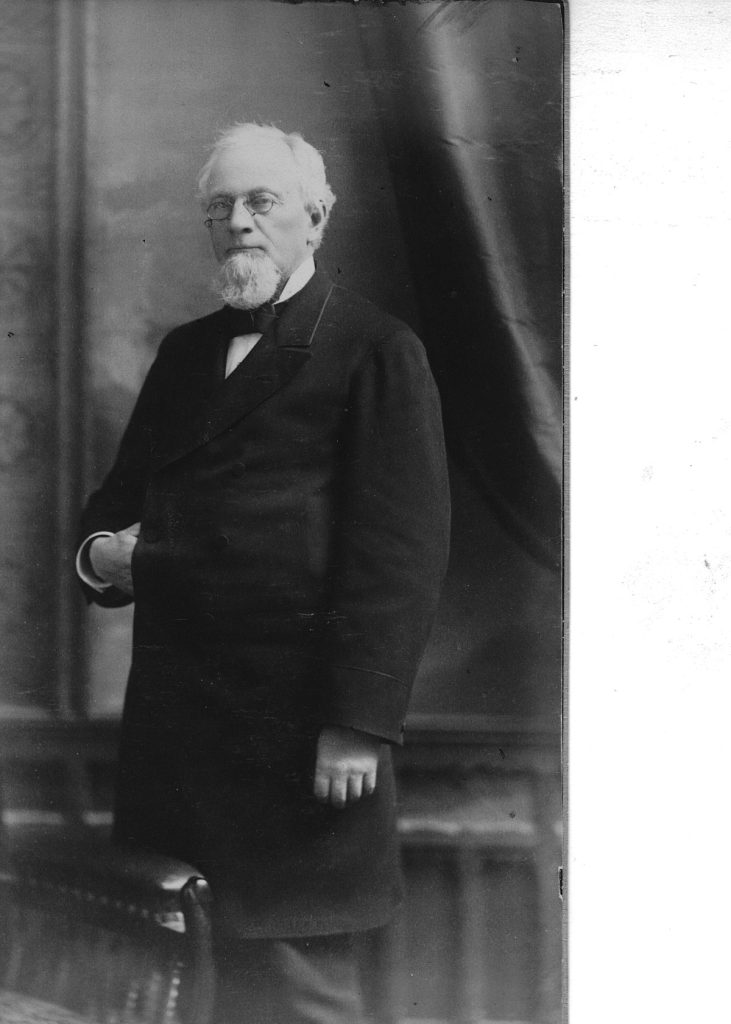
Webster Wagner inventor, born near Palatine Bridge, New York, 2 October, 1817; died near Spuyten Duyvil, New York, 13 January, 1882. He received a common-school education and became a wagon-maker. Subsequently he received the appointment of freight agent on the New York Central railroad, and then invented the sleeping-car.
In 1858 he had four of these cars in operation, and their use gradually extended until they were adopted on all the lines of the Vanderbilt system. In 1867 he manufactured the first drawing-room car, and founded the Wag-net palace-car company, of which he was president until his death. He also invented the oval car-roof, and patented the elevated panel. Mr. Wag-her was elected as a Republican to the New York assembly in 1870, and from 1871 till 1882 he was state senator. In 1880 he was a delegate to the Republican national convention. He was killed in a railroad disaster on the Hudson river road.
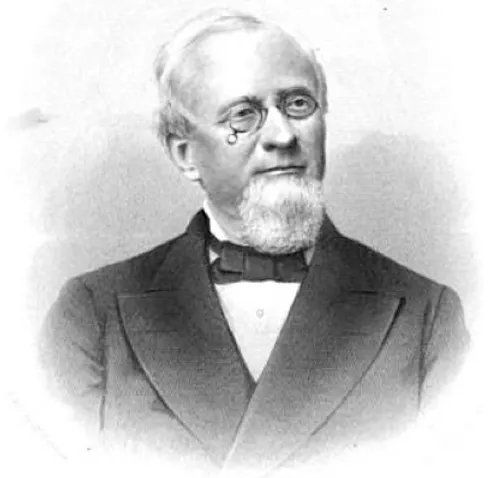
The spirit of Webster Wagner, an innovative inventor, manufacturer, and politician, seemed to be deeply embedded within the building. You could almost sense a grand and vibrant personality radiating from the mansion.
According to its National Register listing, the mansion represented the ambitious dreams of a self-made millionaire-inventor and was a typical example of the grandiose houses of the 1870s. The structure was designed in 1876 by the skilled architect Horatio Nelson White of Syracuse.

Interestingly, White had mentored another local architect, Archimedes Russell, who later designed Canajoharie’s West Hill School. For many years, these two buildings faced each other from across the Mohawk River, one crafted by the teacher and the other by the student.
The unfortunate destruction of the mansion is a heartrending loss. It is evident that little could have been done to prevent it. Despite being listed on the National Register in 1973, the designation had limited impact. While it allowed owners to apply for historic tax credits (HTCs), it couldn’t deter 30 years of neglect and disinvestment.
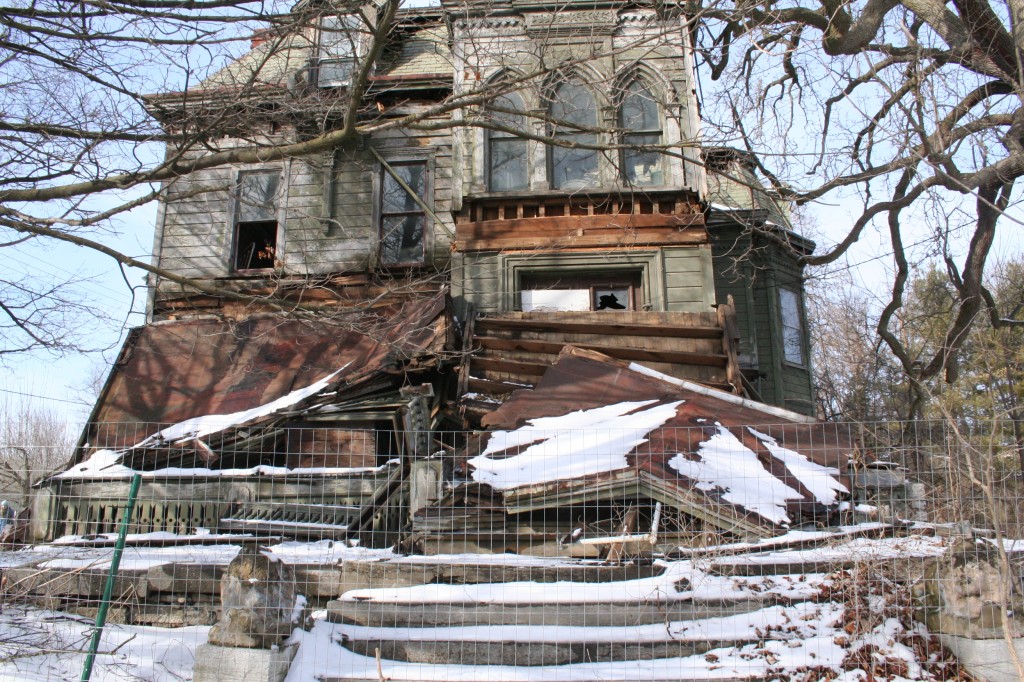
The Webster Wagner house, though well-constructed, suffered rapid deterioration due to its composition primarily of wood and limestone. Historic wooden houses require consistent maintenance to endure the test of time, including regular repainting, checks for water or termite damage, and the replacement of decaying parts.
This routine upkeep can ensure the longevity of a wooden house, much like a cherished family heirloom passed down through generations with occasional replacements.
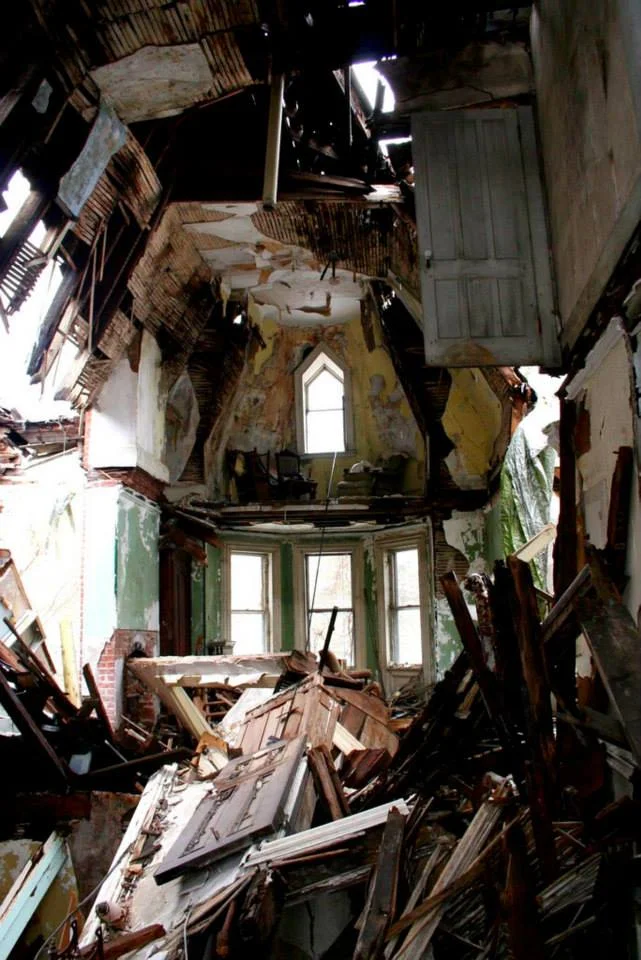
While it’s heartening to see that some artifacts from the house have been salvaged and can be cherished by future generations, it does not diminish the tragedy of the Webster Wagner house’s gradual decline over the past few decades. It was once a prominent architectural gem of the Mohawk Valley, a breathtaking sight from Palatine Bridge or Canajoharie.
Through Webster Wagner, it was intricately linked to the industrial and entrepreneurial heritage of our communities. Despite its significance, the building crumbled before our eyes. The Mohawk Valley Collective aims to salvage at least a fragment of our once magnificent heritage.
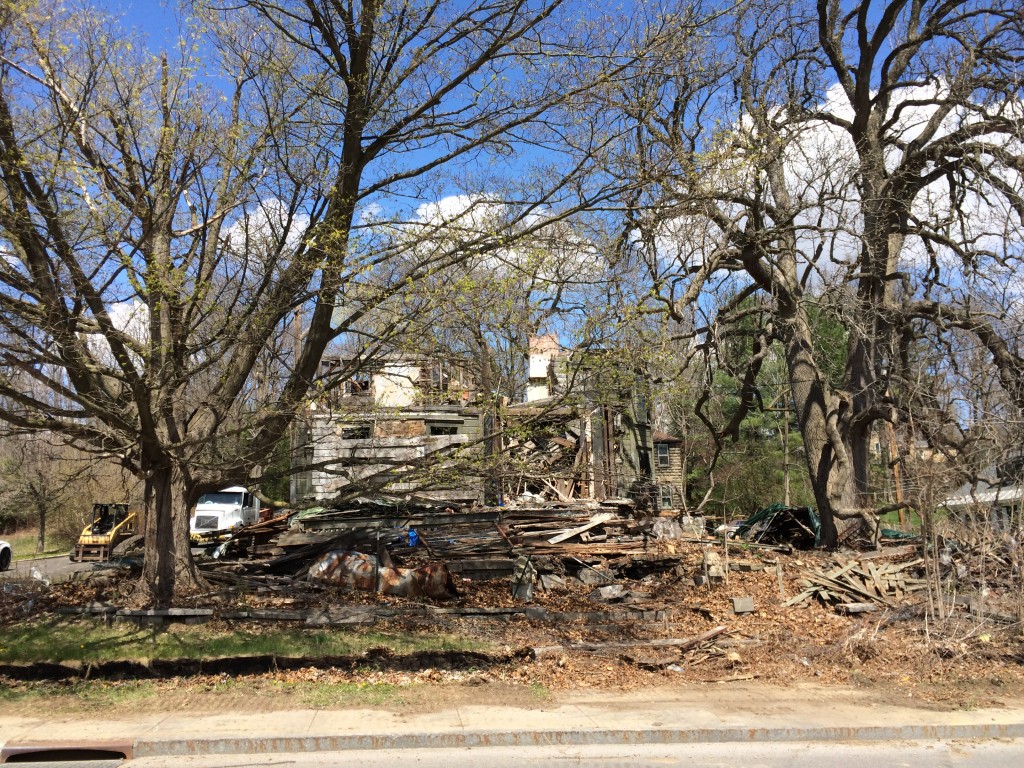
Now, there’s little that can be done to reverse this loss, but the demise of the Webster Wagner mansion underscores a significant issue. We extend our gratitude to the mayor and the board of Palatine Bridge for going above and beyond their duty to protect this house. Regrettably, there were limitations within the legal framework that constrained their efforts.
The home was forced to be demolished by Montgomery County due to bowing walls, and a collapsing roof in 2015.
If a house as cherished as this could fall victim to neglect, what safeguards are in place for more modest, personal structures? As a preservation non-profit, our objective is to advocate for and protect such buildings, but we entered this battle late in the game. The real question for us and the community is, where do we go from here?
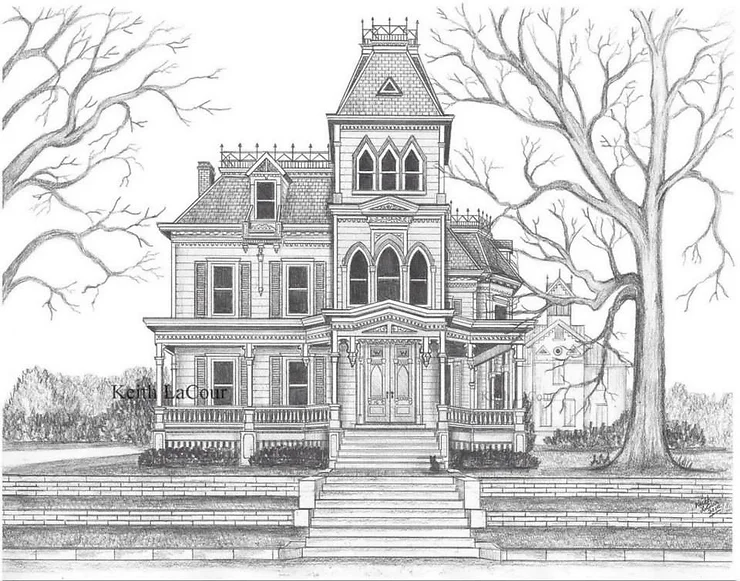
Very nice post. I simply stumbled upon your blog and wanted to mention that I’ve really loved surfing around your blog posts.
After all I will be subscribing in your rss feed and I hope you write again very soon!
Great blog you have got here.. It’s hard to find high quality writing like yours nowadays. I truly appreciate individuals like you! Take care!!